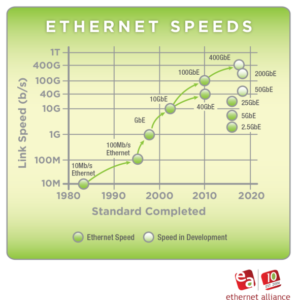Flexible Data Centres Are Like Lego Blocks
Standardization can assist your data centre deliver constant high-quality performance on time and in a safe environment. In the world of data centres, “standardization” means that processes follow the same steps, in the same sequence, while using a set of products and systems with predefined characteristics. If data centres lack standardization, then “improvisation” (executing a task without preparing or knowing what’s ahead) often takes over. This eats up valuable time, leads to mistakes caused by human error and produces inconsistent results and unexpected delays.
While the word “standardization” seems restrictive, it actually can lead to the opposite: flexible data centers that make the most of capital investments, improve space utilization and prevent unplanned downtime. Which is more important: standardized or flexible data centers? Or can you have both? It’s vital to standardize where you can – but it shouldn’t come at the loss of flexibility to meet your unique (and changing) goals.
When combined appropriately, standardized, flexible data centers offer numerous benefits. Because it can be hard to describe, we’re going to use Lego blocks as an example. While Lego blocks are standardized, they also provide a world of flexibility:
- The Ability to Scale Quickly
- Easy “Maintenance”
- Ramp Up Easily for Fast Deployment
- Pieces Designed to Work Together
Read full article




